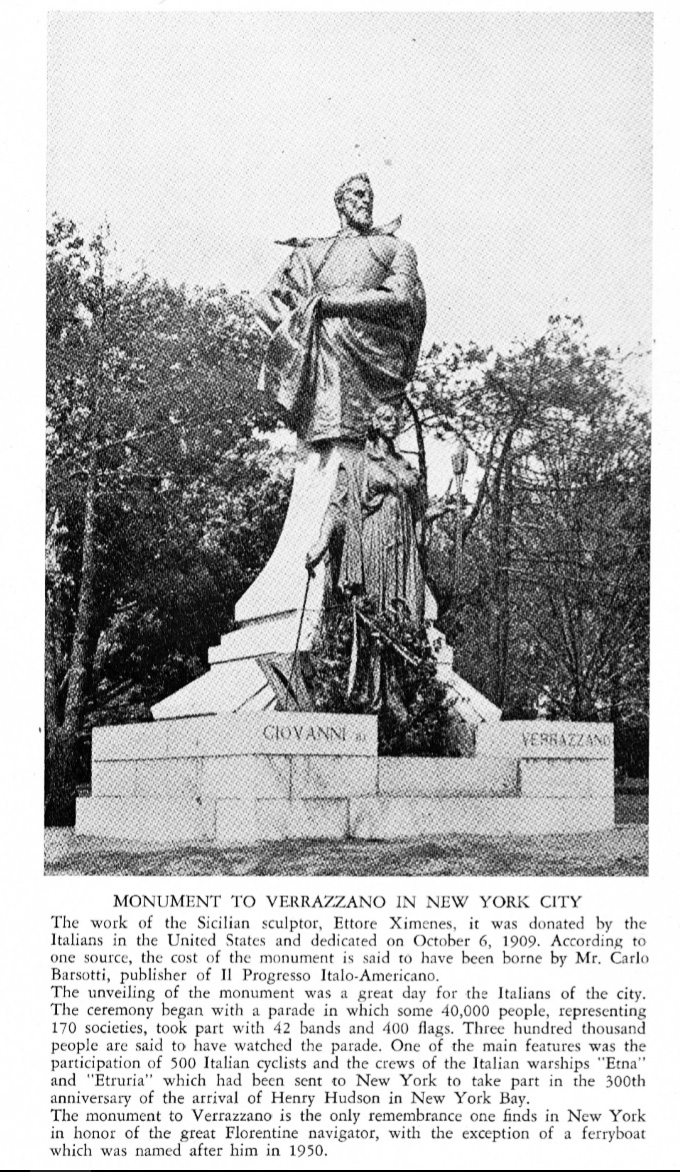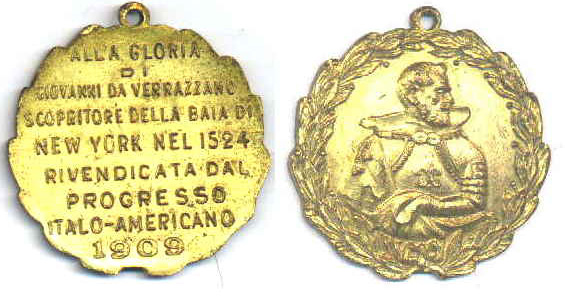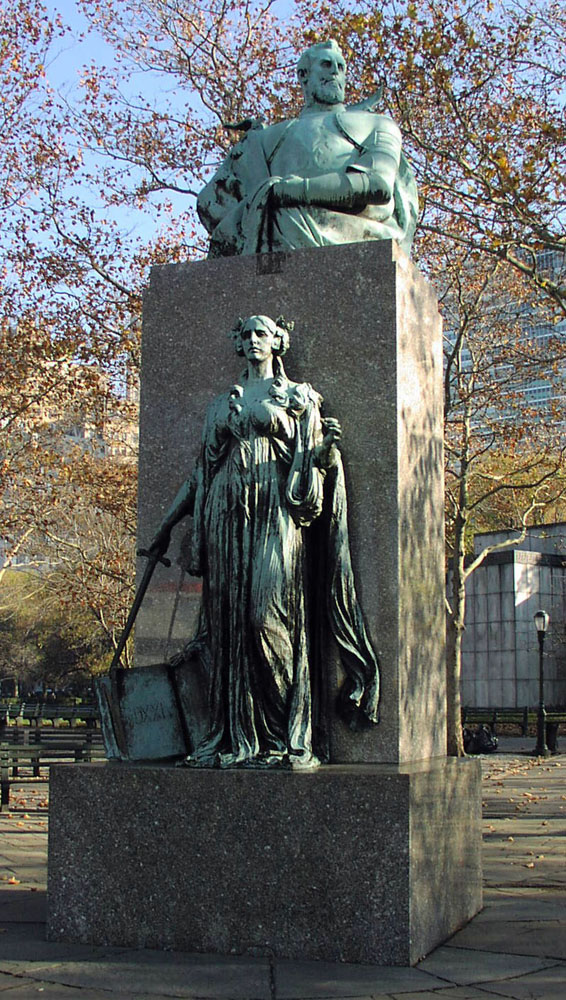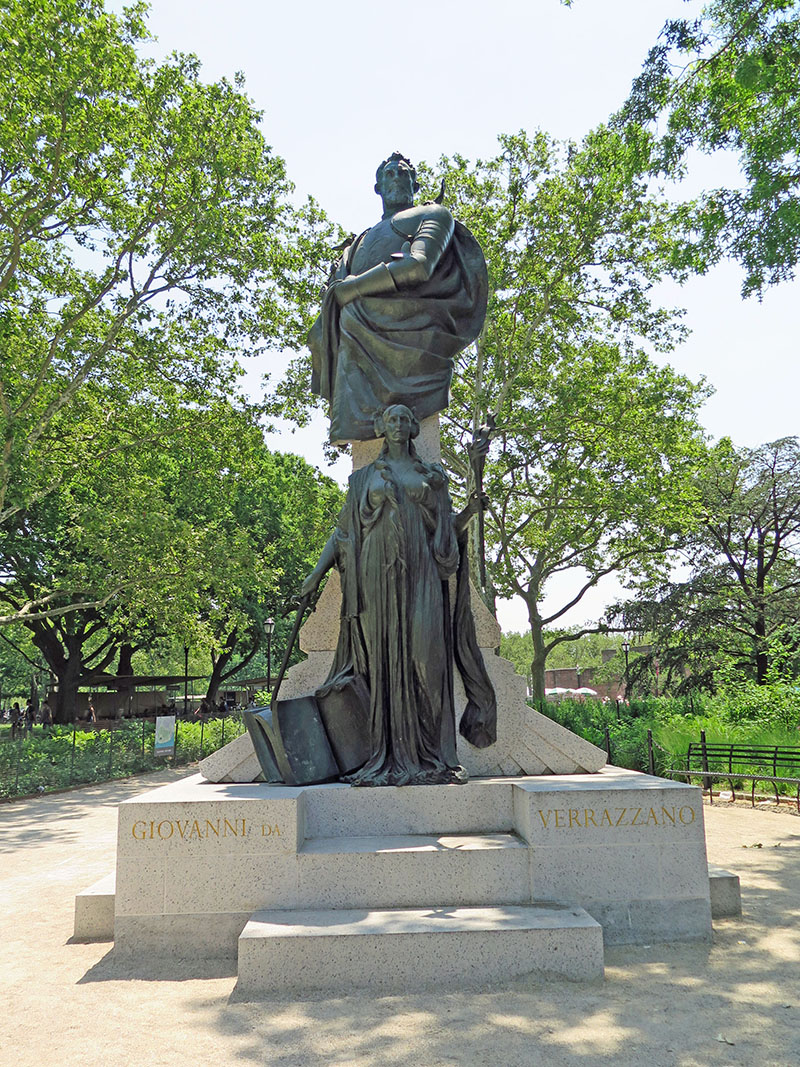Italian Historical Society of America
Verrazzano Monument
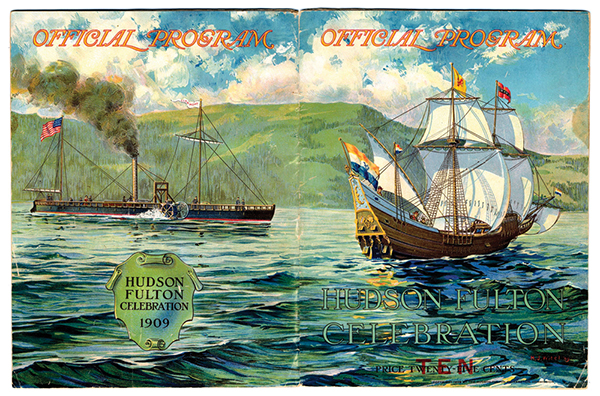
The year 1909 was rapidly approaching. There was great excitement and preparation in New York City to celebrate the 300th anniversary of the arrival of the first European in what was to become New York Harbor, Henry Hudson in 1609. But Italians in New York knew better. They knew that it was not Hudson who first entered the harbor but an Italian, Giovanni da Verrazzano (c. 1485-1528) commanding the French ship La Dauphine, who had arrived 85 years earlier in 1524. It was Verrazzano’s maps that assisted the explorers of the area, including Henry Hudson. Verrazzano named the area New Angouleme which is the original European name for New York. It was later named New Amsterdam by the Dutch and in 1624 New York by the British.
